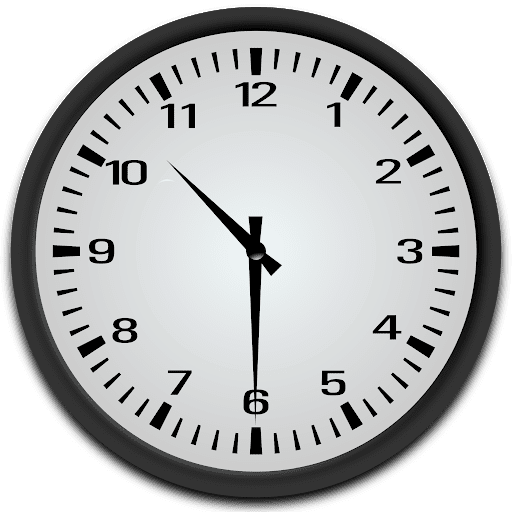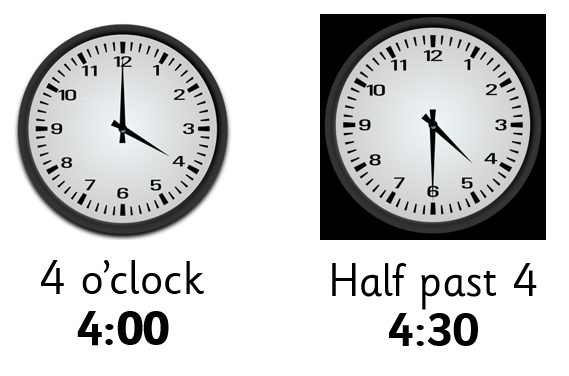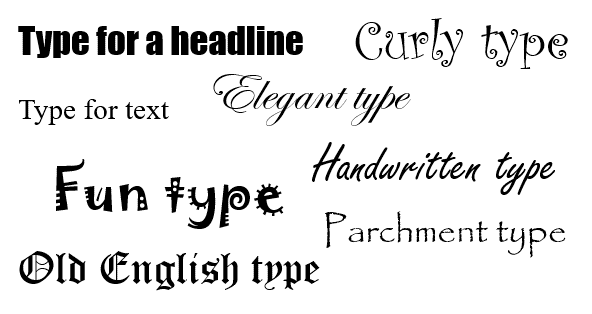Here is the learning for Summer week 11, with Maths and English allocated to particular days. As usual there is a selection of other subjects for you to choose from aswell. It’s nearly the summer holidays so keep going – you’re nearly there!
Please email us if you have any questions.
l.thorn@wransom.herts.sch.uk
s.kholodenko@wransom.herts.sch.uk
a.morris@wransom.herts.sch.uk
Maths
Warm up each day by practising number facts.
Unfortunately, our Numbots membership has expired so those of you using that won’t be able to log in anymore. However, there are lots of other online games available to practise your maths skills.
Choose from: Bonds to 10/20; counting in steps of 2, 5 and 10; 2, 5 and 10 times tables, doubles and halves, odd or even and place value.
If you feel confident with these times tables, you could move on to counting in multiples of 3.
There are lots of games at https://www.topmarks.co.uk.
For a quick fire challenge try https://www.topmarks.co.uk/maths-games/hit-the-button.
There are also lots of songs to help learn number facts at https://www.bbc.co.uk/teach/supermovers/ks1-maths-collection/z6v4scw
Practise your skills using this week’s Flashback Powerpoint, with a series of quick questions covering topics we have learnt so far. Remember to view it in slideshow mode so you don’t see all the answers!
Maths Monday – Dates
Days of the week
Practise the days of the week by joining in with this song:
https://www.bbc.co.uk/teach/supermovers/ks1-english-days-of-the-week/zd8njhv
Write down the days of the week in order.
Mark the weekend days in a different colour.
Practising reading it starting on different days.
Months of the year
Watch this Seymour Science clip about the months and the seasons.
https://www.bbc.co.uk/bitesize/articles/zvfbgwx
Now complete the months of the year worksheet by labelling the missing months and write them in your book in the correct order.
Move on to: Complete this sentence in different ways for days of the week and months of the year: _____ is after ______ but before ________ .
Tuesday Maths – Time: o’clock
Have a look around your house for some clocks. What do they look like? Do they have a clock face and hands or are they just numbers (digital)? How many hands do they have? Are they the same length?
Remember the long hand is the minute hand and the short hand is the hour hand.
When the minute hand (long) is on the 12 it is o’clock.
The hour hand (short) tells us which hour it is.
So this is 10 o’clock. Notice how we write it with an apostrophe after the o.

You could practise telling the time by working through the powerpoint.
Now draw on your own o’clock times on the blank clocks and write the times underneath.
Tip: Use a ruler to draw the hands to make it precise.
Move on to: Answer the extension questions on the sheet below.
Maths Wednesday – Time: Half past
Remember the long hand is the minute hand and the short hand is the hour hand.
When the minute hand (long) is on the 6 it is half past the hour because the hand is half way round the clock face.
The hour hand (short) tells us which hour it is half past.
So this is half past 10. Notice how the hour hand (short) is half way between 10 and 11 and not pointing directly at the 10.

You could practise telling the time by working through the powerpoint.
Now draw on your own half past times on the blank clocks and write the times underneath.
Tip: Use a ruler to draw the hands to make it precise.
Move on to: Answer the extension questions on the sheet below.
Maths Thursday – Time: digital and analogue
Remind yourself about o’clock and half past times by watching this clip:
https://www.bbc.co.uk/bitesize/topics/zhk82hv/articles/zcmdwxs
You may have noticed not all clocks are analogue (with hands and a face!) some show just digits. These are called digital clocks. See if you can find some in your house.
One whole hour is made up of 60 minutes. If the time is 10 o’clock then the short hand is on the 10 and the long minute hand is on the 12. There are 0 minutes past the hour so we write this on a digital clock as 10:00. Notice it has : (a colon) between the hour and minutes.
At half past 10, half of the hour has past, so 30 minutes has past, so we write the digital time as 10:30.

Now practise writing o’clock and half past times in analogue and digital on the sheet below.
Move on to: Look at your times. What would the time be 1 hour later? What would the time be 1 hour earlier?
Maths Friday – Talking time
Practise your ‘time’ skills by talking through these questions with an adult or a sibling.
Look at clocks and watches in your house to see if you can spot when it’s an o’clock time or a half past time.
English – Monday
Phonics
Can you remember the different ways to spell the ‘igh’ sound and which words use which spelling? The other ways to spell the ‘igh’ sound are ‘ie’, ‘i-e’, and ‘y’. Look at the pictures and write the word, choosing the correct spelling.

English – Similes
Listen to the story of The Snail and the Whale by Julia Donaldson being read here or if you have a copy of your own ask an adult or sibling to read it to you or read it yourself out loud using lots of expression.
They rock is described “as black as soot”. Do you remember that this is a simile? Remember, it doesn’t mean the rock is soot but just that it looks as black as soot does. Can you spot any more similes in the story? Come up with your own alternative similes for each one you find.
English – Tuesday
Phonics – igh, ie, i-e, y
Can you think of and write five words for each of the spellings of the ‘igh’ sound?
Choose a word with each spelling and write a sentence for each one. Remember to use adjectives and conjunctions.
English
Pick a page from the Snail and the Whale and write your own adventure based on the illustration. Use imagery from the page to help you come up with an idea and include references to the illustration in your writing.
English – Wednesday
Phonics – ee, ea, e-e, ey, y
Today we are recapping the ‘ee’ sound. Have a go at filling in the words on the sheet that have this sound and the alternative spellings of it.
English – Reading comprehension
Read the text and answer the questions about it. Some of the words might be quite tricky so a grown up or sibling might have to read the text to you but have a go!
English – Thursday
Phonics – ee, ea, e-e, ey, y
Make some columns on your page with all the alternative spellings of the ‘ee’ sound along the top. Ask a parent or sibling to read out the following words and see if you can write them in the right column. You should have ee, ea, e-e, y, ey at the top of your columns.
Seed, baby, three, tree, each, copy, team, please, lady, these, compete.
English – Alliteration
Today we are going to write some sentences using alliteration.
Alliteration is when words start with the same sound: for example, Sammy the slippery snake came slithering.
Can you write some sentences to do with snails using alliteration?
Try to use as many words in your sentence that start with the ‘s’ sound. You may want to write down as many words you can think of that start with ‘s’ and relate to snails before you come up with your sentences. Can you write your sentences in a spiral like a snail shell and then add a body to create a snail?
English – Friday
Phonics
Recap all phase 3 and 5 sounds by playing one of the phonics games on www.phonicsplay.co.uk
English – Spellings
Ask a parent or sibling to read out the Year 1 key words to you. How many can you spell correctly now? Here is the list of key words if you don’t have one handy.
Science – Seasons: Summer
- Can you remember the names of the twelve months and the four seasons?
Which months are part of which season?
Here is a list of the seasons, the months they occur and typical weather. - Spring – March, April and May. The weather in spring can be sunny, rainy and windy.
- Summer – June, July, and August. The weather in summer can be drier, sunny and warmer.
- Autumn – September, October and November. The weather in autumn can be rainy, windy and colder.
- Winter – December, January and February. The weather in winter can be wetter, colder, frosty and snowy.
- Which season is it now? Tell us what you would usually associate with this season? Think about celebrations, the weather, plants and animals.
- Look outside at a tree – how does it look now compared to in Spring?
- Read the poem ‘Months of the Year’ by Sara Coleridge. What does the poem describe?
Look at the couplet for this month. Is it fairly accurate?
https://poets.org/poem/garden-year - Watch this short clip showing changes through the seasons.:
https://www.bbc.co.uk/bitesize/clips/zhfnvcw
History – Pioneers of flight
Look back at your timeline of flight – when we learnt about the Wright brothers. Add in Amy Johnson’s first solo flight from Britain to Australia in 1930. What other facts can you remember?
The beginning of the 1900s were important years in the development of flight. Technology advanced quickly and many people were interested in setting new records.
Here are a few important people, dates and their achievements:
Louix Bleriot – First man to fly across the English channel in 1909.
Jack Alcock & Arthur Brown – First pair to fly across the Atlantic ocean in 1919.
Charles Lindbergh – First person to fly solo across the Atlantic ocean in 1927.
Amelia Earhart – First female to fly solo across the Atlantic ocean in 1932.
Task: For the last 2 weeks of term, we would like you to choose a pioneer of flight and write a fact sheet all about them. You can learn about them by doing some of your own research – ask an adult to help you. Remember to include important facts like dates and names.
These are useful websites with a video, information and links to different people.
https://www.sciencemuseum.org.uk/see-and-do/flight
https://pioneersofflight.si.edu/
Here is a powerpoint about Amelia Earhart if you choose to learn about her.
Art – Type design
There are lots of different typefaces called Fonts and they all have different names. It’s important you use the correct font for your purpose. Have a look around your house and in magazines – what kind of fonts have they used? Next time you go shopping see if the fonts fit the purpose? Look at shop fronts and packaging to spot company logos – have they included images or symbols in their logos?

Task: Design your own personalised letter using the initial letter of your name.
Think about all the things you like to do, things you like to eat and use your favourite colours. So if you like playing football, you might include a football or a goal in your letter design. If you like colouring, you might include a pencil as part of your letter. If you enjoy eating pizza, you could use whole or part of a pizza in your letter design. Draw it out and colour it in using anything you have available. We can’t wait to see your designs!
Geography – Cold climates
This week you are going to look at a country with a cold climate. A cold climate is when it is cold for the majority of the year. We need you to be a Cold Climate Detective! What clues are there in the pictures that Greenland has a cold climate? Can you find a clue in each photo and write a sentence about it?
Look at where Greenland is in an atlas, then find the United Kingdom. Can you find out which continent Greenland is part of? If you flew from the United Kingdom to Greenland which countries and oceans or seas would you fly over?
PSHE – Values
William Ransom is a values based school. What are values and why do we have them?
They are qualities in us and principles to live by, which makes us better people.
During this period of lockdown, when we have been working at home as well as at school, you will have shown many different values. Think about which values you have shown and how you have earned a leaf. Then pick one and write yourself a values leaf.
Perhaps you have shown perseverance or resilience by working hard on your learning. Perhaps you have shown tolerance of others, when being with each other for longer periods than usual. You could have shown kindness or co-operation by helping out in new ways at home.



